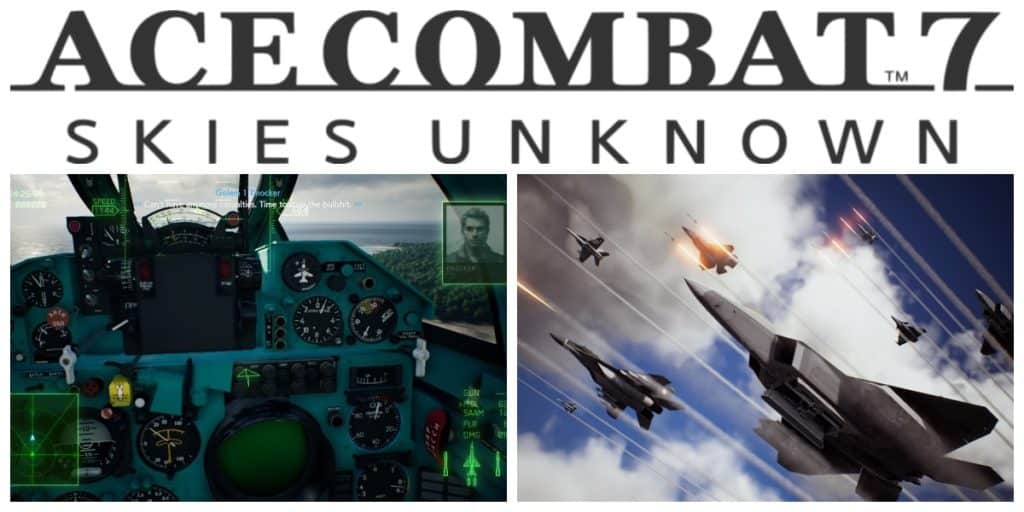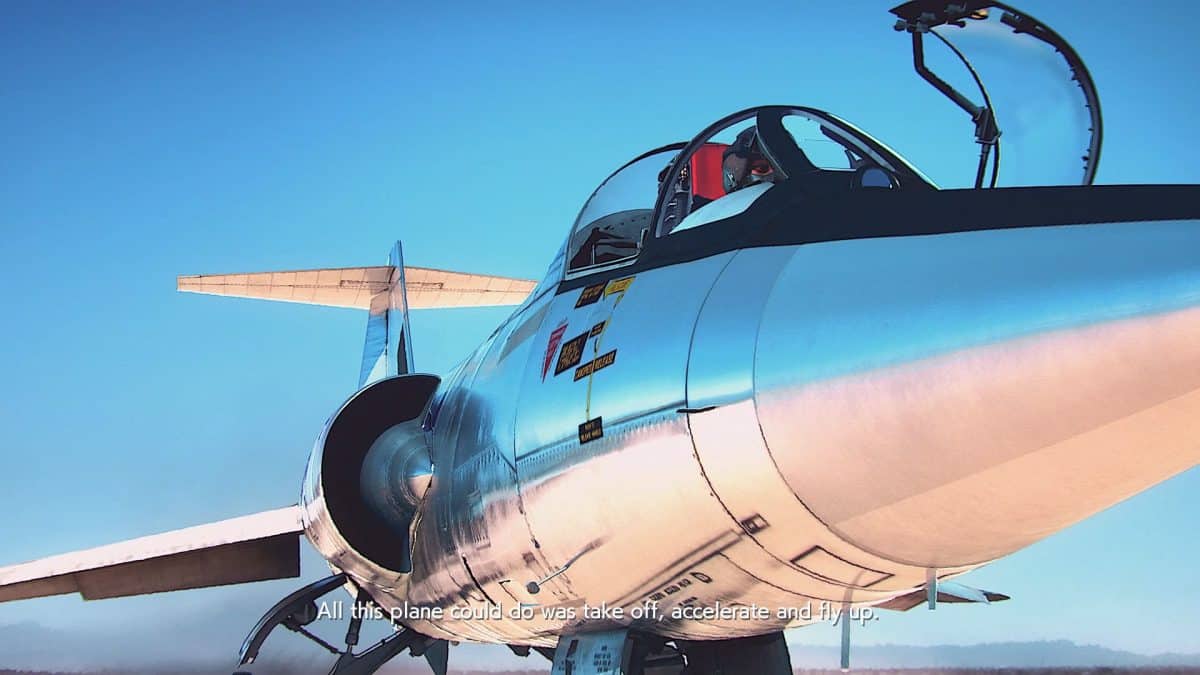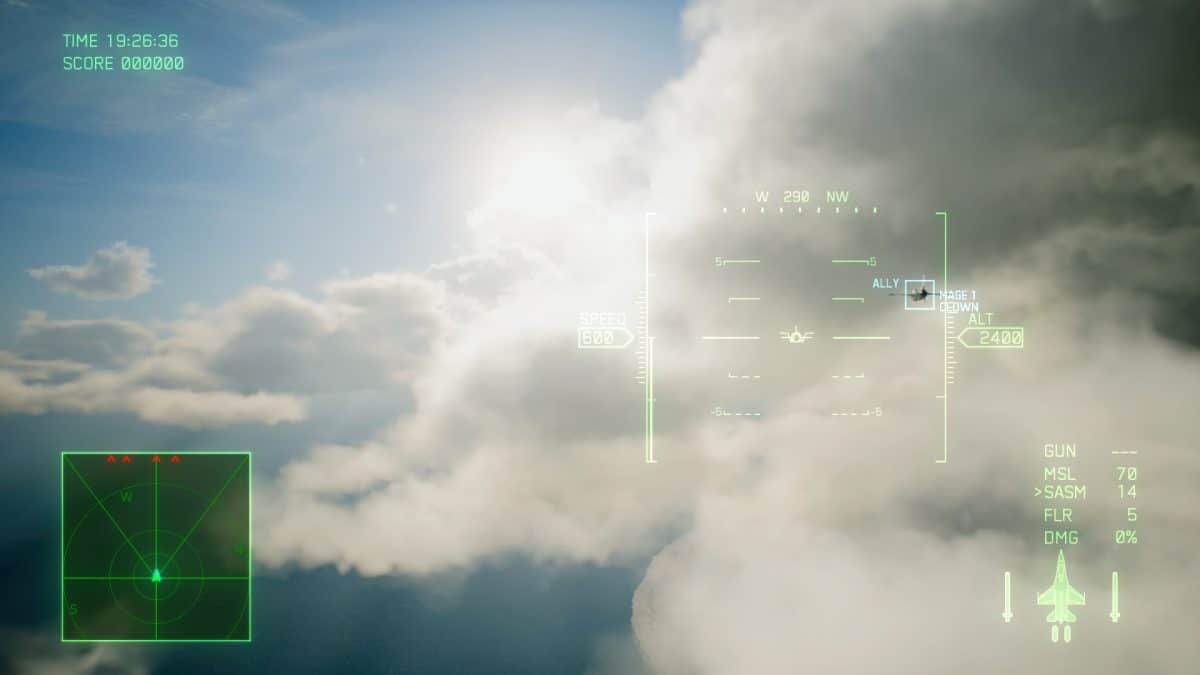My Personal Thoughts on AC 7: Skies Unknown

Ace Combat is, by far, one of my favorite sagas. As a matter of fact, my life as a console gamer started in 1997, when a certain Tomb Raider 2 was ravaging the entire planet and when the sequel of Air Combat (this was the original title) came out as Ace Combat 2. As sometimes happen, things don’t follow a straight line and, in an attempt to refresh the series or conquer new frontiers, the numbering behind this title got quite confusing over the years. Please allow me to clarify a bit. Everything was pretty straight forward until the awesome AC3: Electrosphere (PS1, 1999) and the nice but short PS2 title AC4: Shattered Skies (2001). I don’t know what happened at Namco afterward, but we started to lose track of everything.
And so we had AC5: The Unsung War in 2004, followed by AC Zero: The Belkan War in 2006 (both titles were published for the PS2). Then, we assisted without hope to XBox title AC6: Fires of Liberation (2007). After discovering that this title was, as far as I recall, an online game only, we hoped for the real AC6 on the PS3. Instead, we received AC: Assault Horizon (2011), a fairly good title which in truth wasn’t an Ace Combat at all, closely resembling game mechanics seen in Tom Clancy’s Hawx. It was only with AC: Infinity (2014) that the game really came back to a Sony console even though, once again, in the form of online multiplayer. Handheld consoles and mobile devices were also thrown into this mess, but I spare you that part …
Such a long foreword, although boring, was necessary to make one thing clear: AC7 is the direct sequel of AC5. Forget anything else you may have seen before! AC5 port from the PS2, if you preordered the game, it’s indeed included as a bonus feature for immediate download from the Store. Not bad NAMCO, two games at the cost of one!
Set 28 years after the end of the Belkan War, AC7: Skies Unknown tells the story of Trigger, a fighter pilot involved in the Osean counter-offensive against the attack by Erusean military forces. Around Trigger revolves a complex universe of characters who, despite not directly involved in the gameplay (eg: you will not play in their shoes) are vital to the economy of the story and of the war itself.
The first thing that comes into view is obviously the superb graphics that, especially during the FMVs (often even during gameplay), is nearly photorealistic. Such FMVs are crafted and directed in a jaw-dropping manner, that returns the joys and the pains of flying since the very first frame.
I don’t know how many of you have already completed the campaign at this time, so I will avoid any spoiler. Let me just say that many missions closely resemble things we already saw multiple times during the previous chapters. Nonetheless, sorties embrace the full spectrum of air warfare capabilities and what really makes the difference and turns the game into something never-before-seen are meteorological conditions.
As said before high winds, heavy rain, freezing conditions, low visibility flying, near-stall situations, sandstorms, lightnings, electromagnetic interference and the likes will often be present, sometimes more than in others. Also, this conditions will change during gameplay so you will need to plan ahead before acting since clouds will help you to avoid missiles, but rain and high winds could hamper your aim thus resulting, for instance, in bombs not hitting their target. In addition, most missions are time-based and some of them force you to achieve a given result in a given time: without the right aircraft and the right loadout you will have to struggle a lot to succeed.
Completing missions will unlock certain planes (or plane parts) and gaining experience points will allow you to buy those planes. The aircraft tree sports a lot of different branches, each one with different aircraft/parts.
Once they are unlocked (read: bought), you will be able to use any part on any aircraft, for a maximum of 8 mods for each aircraft. Please be advised, though, that some part are “universal”, others are multiplayer-only (or campaign-only). If you have problems in completing a mission it is strongly suggested to move over to multiplayer which, by far, is the quickest way to gain experience points in order to buy better planes and better equipment.
After a while, you will get the hang of it. I must admit that it was not very easy to complete the campaign at standard difficulty level, but things get better if you follow the advice I just gave you. In the end, one week will be enough to complete the campaign (composed by 20 sorties), but that is just the beginning. Achieving milestones and getting different medals will take time and will force you to approach missions with a different attitude. Also, you can also skip from solo campaign to the multiplayer ones to the awesome VR campaign. Despite being very short (only 3 missions) such campaign will keep you glued to your visors. Time after time you will unlock new aircrafts (I still can’t decide if my preferred one is the Su-30 or the F-22) and missions will get more rewarding.
In the end, despite a few turn-downs due to the similarity of some of the missions with things already seen in the past, I think Skies Unknown is a wonderful game, which I will keep playing for quite some time. I really need to grind some multiplayer missions and get experience points ’cause I want to unlock that wonderful Su-57. And after that …





















Awesome write up!, i really didn’t like the slow paced feeling of the FLAT campaign after playing the VR (IN YOUR FACE!) missions… so i took a break from the game for now, i fire it up when i want to feel the lovely feeling of flying in VR but the FLAT gaming can wait for me…
That said, this article here sort of help me getting interested in it again so, yes i will now yet again put on the VR and go fly again!.